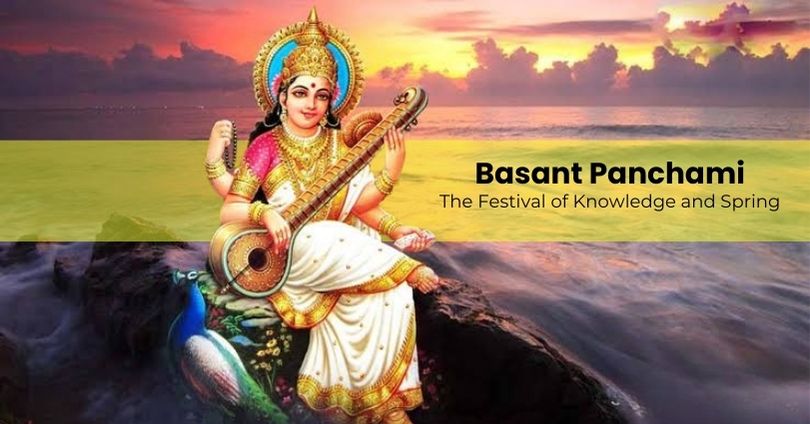
Basant Panchami, also known as Vasant Panchami, is a Hindu festival that marks the arrival of spring and is dedicated to Goddess Saraswati, the deity of wisdom, learning, and arts. Celebrated on the fifth day (Panchami) of the Hindu lunar month of Magha, it usually falls in late January or early February. This festival is widely observed across India, Nepal, and in Hindu communities worldwide.
Significance of Basant Panchami
Basant Panchami holds both religious and seasonal significance:
1. Worship of Goddess Saraswati:
Devotees seek blessings from Goddess Saraswati for wisdom, knowledge, and artistic skills. Schools, colleges, and educational institutions organize special prayers and cultural programs.
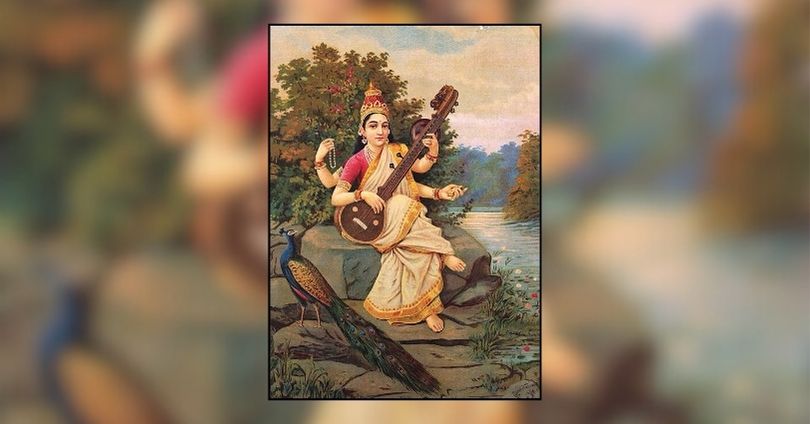
2. Arrival of Spring:
The festival marks the transition from winter to spring, symbolizing new beginnings, prosperity, and positivity. In agricultural regions, farmers celebrate the harvest of mustard crops, which bloom with bright yellow flowers.
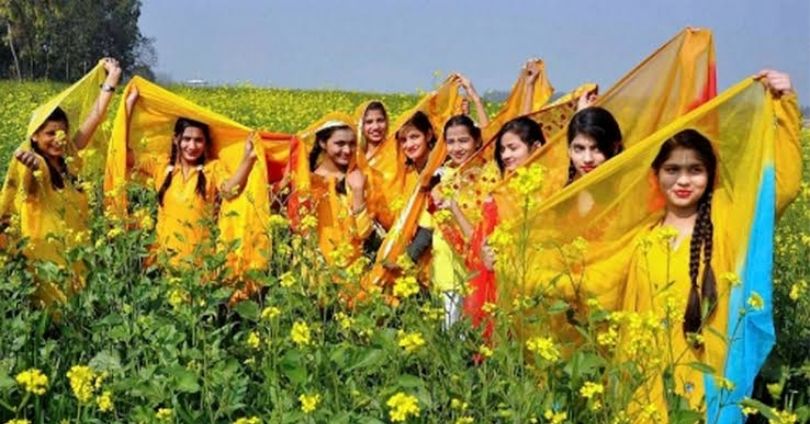
3. Cultural and Social Celebrations:
Basant Panchami is also associated with kite flying, music, dance, and feasting. People wear yellow clothes, prepare special dishes, and enjoy the festive spirit with friends and family.
How is Basant Panchami Celebrated?
1. Worship of Goddess Saraswati
• Temples and homes are decorated with flowers.
• People offer prayers, recite Saraswati Vandana, and place books, musical instruments, and study materials before the goddess for blessings.
• Schools and colleges conduct special rituals and cultural programs.
2. Yellow: The Color of the Festival
• Yellow symbolizes energy, prosperity, and wisdom. People wear yellow attire and prepare yellow-colored sweets like Kesari halwa and Boondi ladoo.
• Mustard fields bloom in yellow, adding to the festive mood.
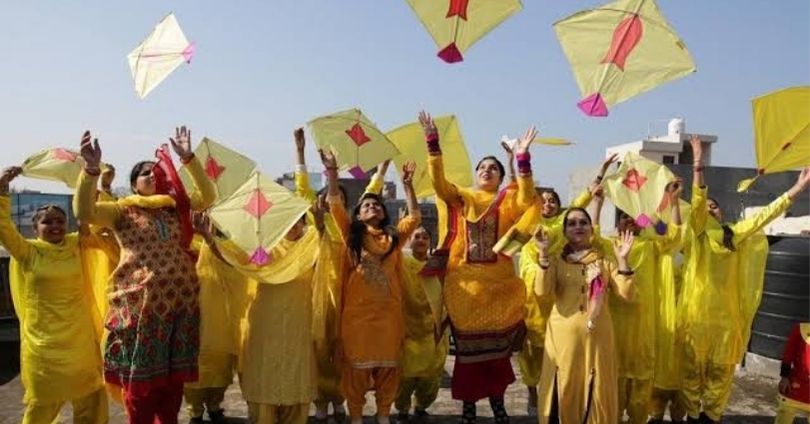
3. Kite Flying
• In regions like Punjab and Rajasthan, kite flying is a major attraction. The sky is filled with colorful kites as people engage in friendly competitions.
4. Special Foods and Feasts
• Traditional dishes like khichdi, sweet saffron rice, and kheer are prepared and enjoyed with family and friends.
• In Bengal, the festival is called Saraswati Puja, and students offer fruits and sweets to the goddess.
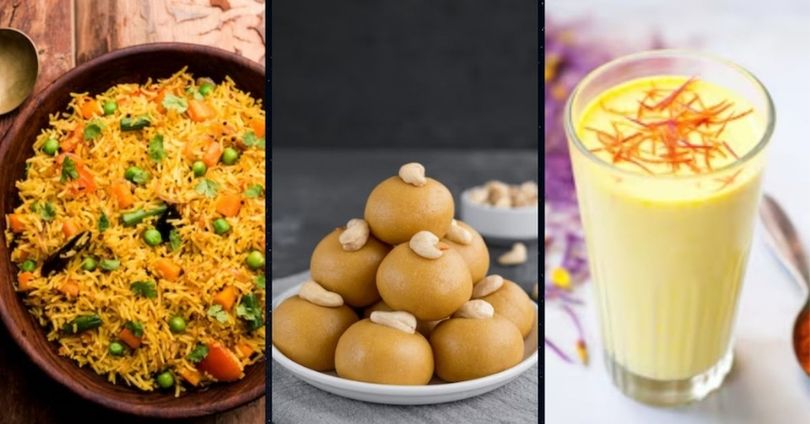
Basant Panchami in Different Regions
• North India: Celebrated with grand Saraswati Puja in schools and universities.
• Punjab: Marks the beginning of the kite-flying season.
• West Bengal: Saraswati Puja is a major festival, and students refrain from studying for a day as a mark of respect.
• Maharashtra & Gujarat: Devotees visit temples and celebrate with music and dance.
• Rajasthan: Women wear yellow sarees and perform folk dances.
Basant Panchami is a joyous festival that celebrates knowledge, wisdom, and the beauty of nature. It encourages learning, new beginnings, and cultural unity. Whether through worship, food, or kite flying, this festival spreads happiness and marks the transition to a brighter and warmer season.
Let the festival of Basant Panchami fill your life with wisdom, prosperity, and joy!
 Dakshinamurthy is a scholar and researcher of Indic themes and a contributing writer of The Verandah Club
Dakshinamurthy is a scholar and researcher of Indic themes and a contributing writer of The Verandah Club
PREVIOUS ARTICLE
NEXT ARTICLE
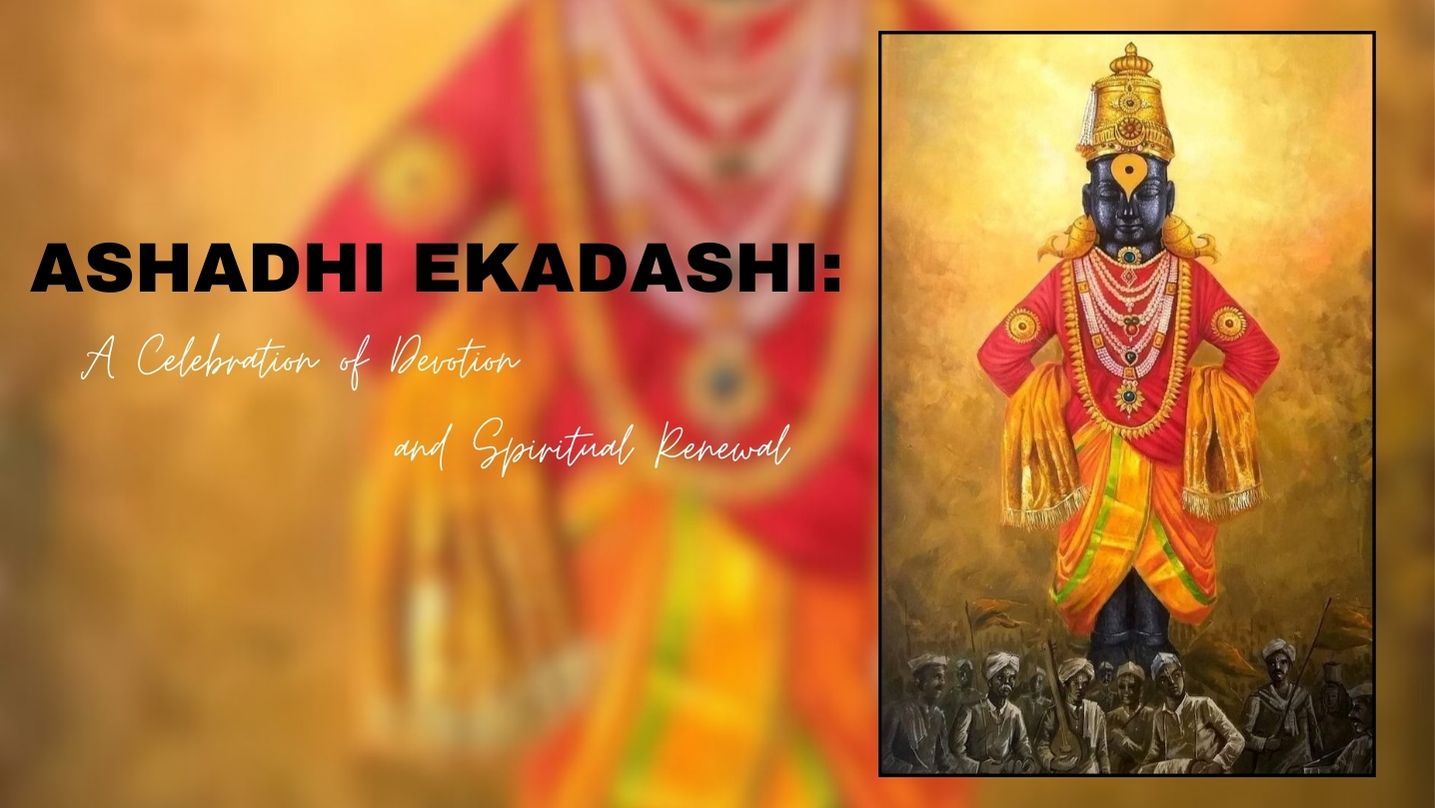
Ashadhi Ekadashi, also known as Shayani Ekadashi, falls on the 11th lunar day (Ekadashi) of the bright fortnight (Shukla Paksha) of the Hindu month of...
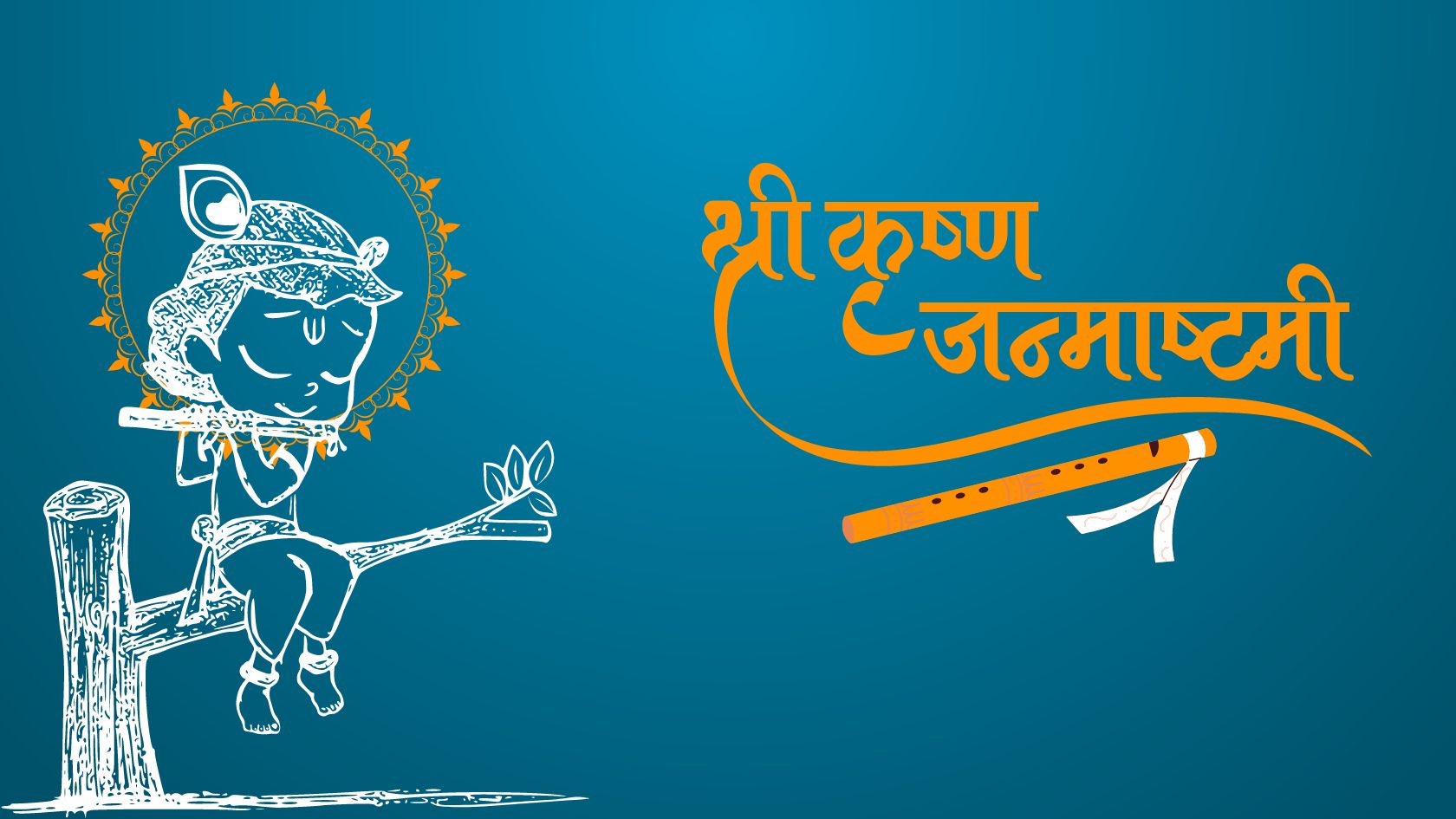
Every year, as the monsoon rains dance on the fields of India, an ancient story unfolds in the hearts of millions. It is the story of Krishna, the bel...
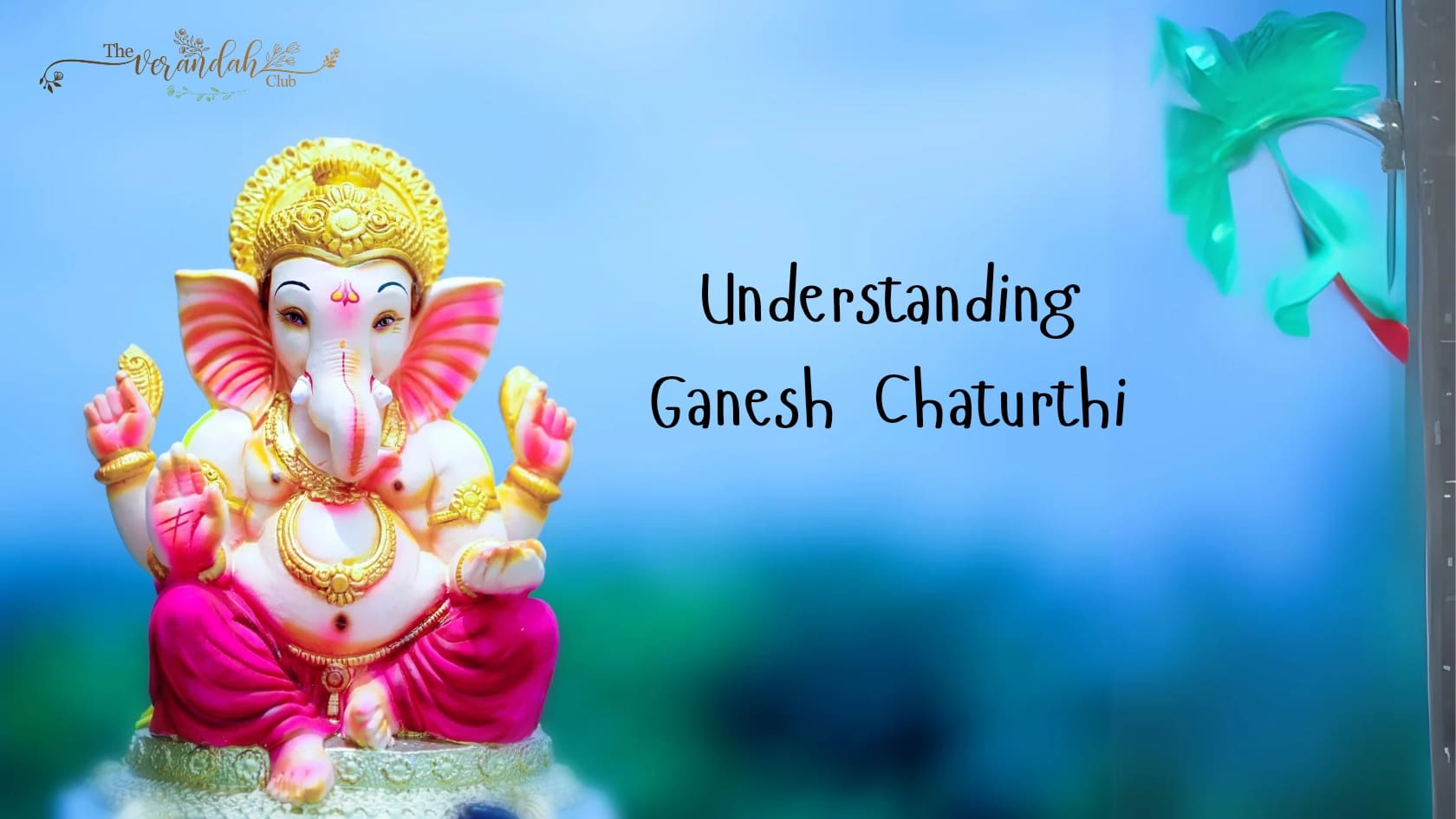
Ganesh Chaturthi, also known as Vinayaka Chaturthi, is a significant Hindu festival that honors Lord Ganesha, the deity revered as the remover of obst...